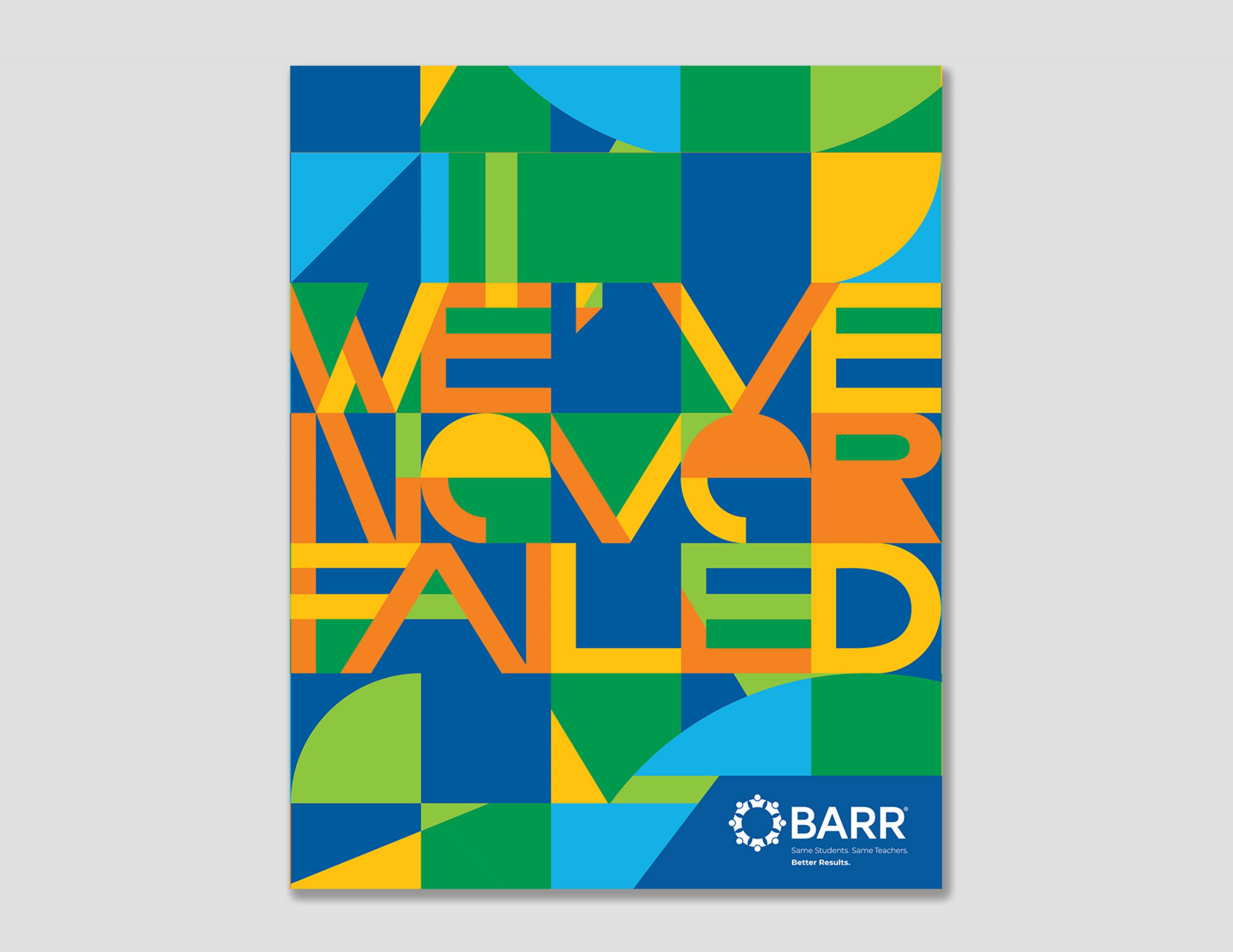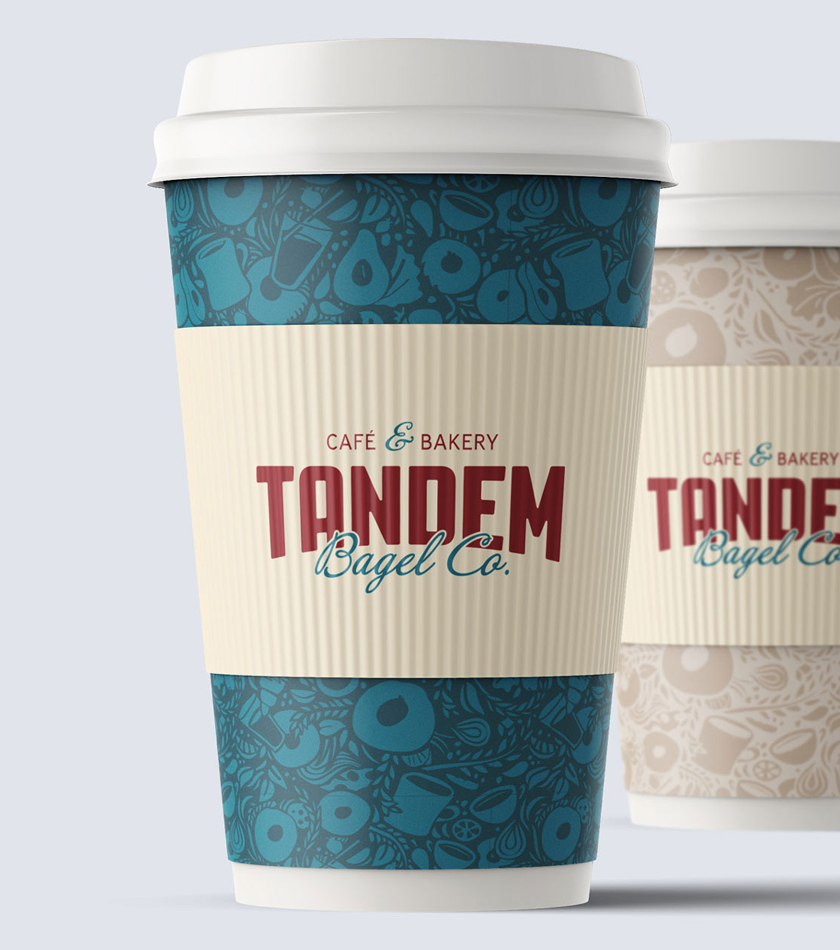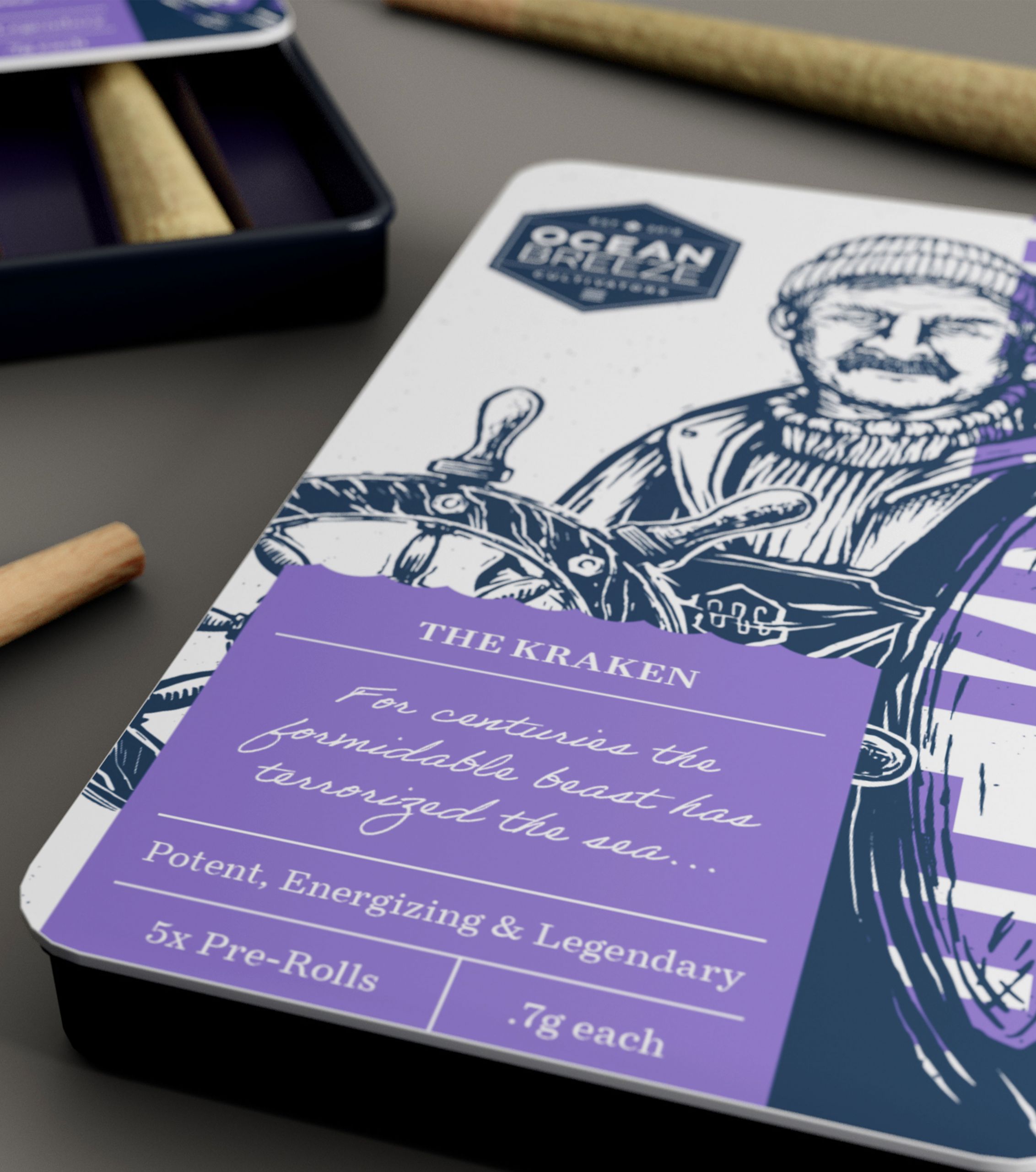Design considerations for awesome ecommerce packaging

Taking Design Into Consideration for E-Commerce Packaging
E-commerce refers to any type of buying or selling of goods and services that occurs over the internet. The average person encounters an e-commerce experience daily, if not multiple times a day. A large majority of e-commerce is focused around product buying. Physical things like clothing, footwear, food, electronics, and daily household items are all very commonplace online. Each one of these items has to come wrapped up when being delivered. That’s where packaging and specifically packaging design comes into play.
There are four major types of e-commerce. Business to Consumer, Business to Business, Consumer to Consumer, and Consumer to Business. Each of these models include the selling or trading of goods or services between the two parties. Business to Consumer e-commerce is where the packaging role comes into play most critically. This model is where products are marketed, sold to consumers online, and shipped to their destination. Every product that gets sold needs its own packaging system to be prepared for shipment.
There are multiple aspects that need to be taken into consideration when designing and producing e-commerce packaging. These aspects include direct product packaging, brand consistency, product protection, material usage and volume, customer interaction with packaging, and security of packaging.
Direct product packaging refers to the typical package that you would find the product in, not including any boxes or external packaging used to ship the product. On the direct packaging, this is where the design, product information, SKU, description of the product, and branding can be found. This may be the same designed packaging that you can see on a shelf, or it may differ depending on the size and type of item being delivered. In-store, the packaging is often enhanced and made to show off the product to entice customers to purchase. In the e-commerce world, the product is already purchased and the purpose of the packaging is to get it to the customer as advertised. In many cases, the consumer expects to see the exact same product as they would see on shelf. If the package had to be designed differently for shipping purposes, it would be essential to have the look and feel of the design (no matter its shape) match up as closely to in-store packaging as possible.
The direct product packaging can also help drive sales online. When searching for products to purchase, reviews are heavily depended on, as well as a design that stands out. This can be a critical way for companies to attract attention. As the user scrolls down the page viewing small thumbnail items while shopping, their eye is subconsciously looking for something that stands out. Good packaging gets the job done by accurately explaining and supporting the product, as well as having some sort of element that really speaks to consumers.
Brand consistency can be extended throughout the next shell of the packaging and doesn’t only have to live on the most interior packaging elements. Brands that are looking for that extra oomph often include other materials or brand elements in their shipping packages. This can be anything from coupons, fliers, small freebies, or logos on boxes. The more the consumer gets to know your brand and connects it to your products, the better.
Visual focus is a great way to get users to view the product and entice them to order it, but what is arguably more important in the e-commerce world is making sure that the packaging is functional and can withstand the delivery process. Product protection is key and should be a priority when it comes to e-commerce. It is essential for businesses to put thought into how their product could withstand many shipping conditions. Your typical online ordered package can often be handled 20 or more times before arriving at the doorstep. This brings up its own set of concerns and making packaging that can withstand all of this movement and bumping around is needed. Is your product fragile? Will it need special attention during delivery? Can it withstand a couple of bumps here and there? These are all questions that must be asked when putting together the preferred e-commerce packaging.
Packaging material plays a large role not only in product protection; but in function, shipping process, and waste management as well. The goal of packaging for shipping is to get the product to the consumer safely. To do so, some materials have to be used that would typically never be used on-shelf. Many things like packing peanuts, bubble wrap, plastic air pockets, and structural support are used. This can get tough for businesses and shipping companies, because the least amount of waste and the least amount of packaging volume is preferred. A huge thing to think about is environmental awareness. Consumers dislike clunky packages that don’t break down easily, and that can’t be recycled. Many times, companies that successfully adhere to recycling preferences and ease of breakdown get some sort of praise or good ratings from their customers in that respect. When taking into consideration recyclable materials, package dimensions, and the best combination for the item being shipped, the final package can often be a success on all fronts.
For many consumers, the unboxing process is now seen as an experience. People are typically excited to get what they’ve ordered, and if there are any ways that companies can improve this experience, instead of a plain brown box with nothing added on the inside, it is usually noticed and noted by consumers. This has even become a new trend, with people filming ‘unboxing videos’ to post on Youtube or social media. Unboxing packages can be exciting, and if the company can play on this aspect by adding nice design on the interior or doing something to make the customer feel celebrated, they’re doing this right (and potentially getting free advertisement if the packages are shared online). From a business perspective, first impressions count. Branding across packaging materials involved in the shipping process is a good way to strengthen brand identity.
Packaging security cannot be underestimated nowadays. As horrible as it is, sometimes package theft can happen. Many people, though, turn a blind eye to packages that are inconspicuous and just look like your typical brown box. But, when flashy colors or higher quality material is used on the very exterior, this may catch the wrong kind of attention. This type of accent to packaging can always come in the interior layers. It is best to keep the outside as inconspicuous as possible and save the best to be desired on the inside.
There are completely different sets of demands for e-commerce packaging than the traditional in-store package. When all of these factors come into play, it takes the right balance of strategy to get the desired item to the consumer quickly, safely, and consciously. The right combination of visual design and strategic e-commerce packaging can make for a great experience and can turn that one-time customer into a lifetime customer.
By: Anthony Sarkis
Sources:
- https://www.shopify.com/encyclopedia/what-is-ecommerce
- https://cdn.ymaws.com/www.ameripen.org/resource/resmgr/PDFs/White-Paper-Optimizing-Packa.pdf
- https://www.packagingdigest.com/optimization/amazon-on-creating-ecommerce-packaging-thats-great-for-customers-companies-and-environment-2017-04-14
- https://blog.drupa.com/de/ecommerce-packaging/


